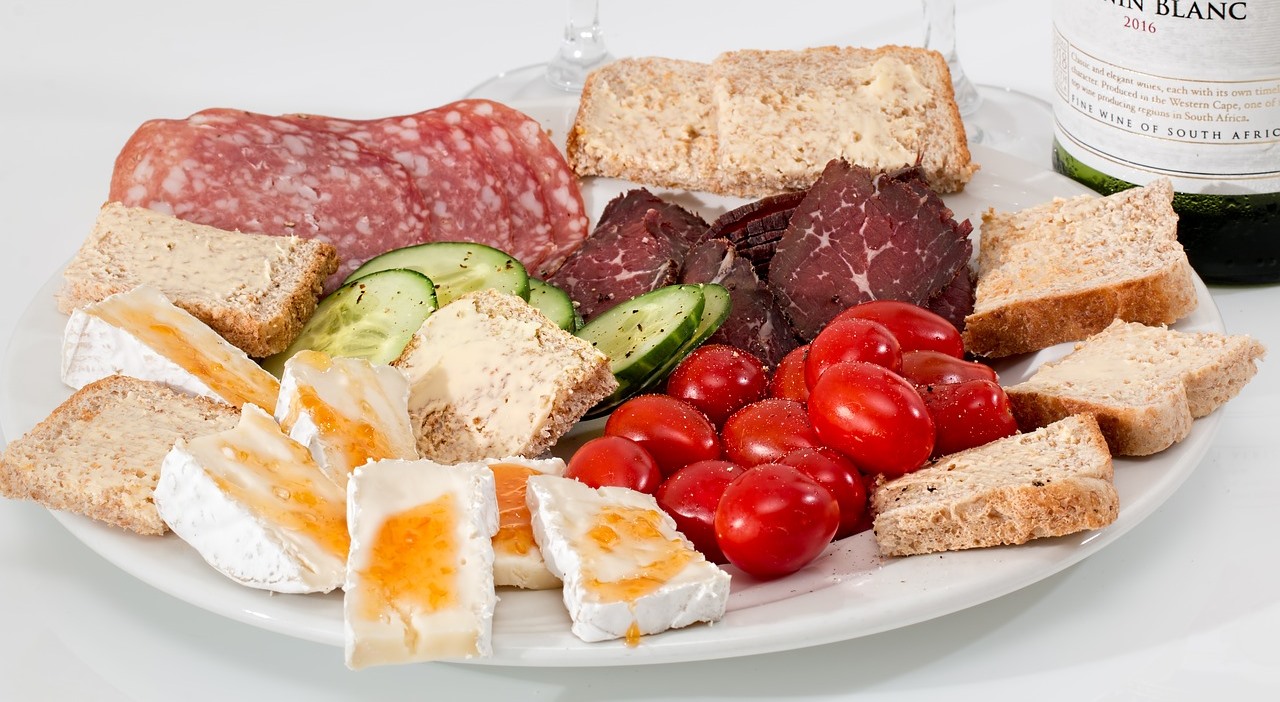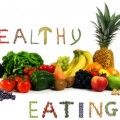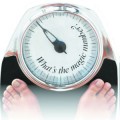Protein is responsible for numerous functions in your body. As a necessary nutrient, protein helps build tissue, cells, and muscles and is also instrumental in developing hormones and antibodies. Therefore, protein is a critical necessity for all. Moreover, if you undertake weight training or endurance sports, you also need to increase your protein intake and factor in your training routine at certain times to make the most out of its muscle-building benefits.
Let’s look at what you need to know about protein consumption and the top six accessible protein sources you can get your hands on.
How much protein must one consume?
For most people, consuming around 0.821 g of protein per 1 kg of body weight is advised. However, if you are into strength training or an athlete, consuming around 1.4 g to 2 grams of protein per one kg of body weight is recommended. Endurance athletes are advised to consume around 1.2 g to 1.6 g of protein per kilo of body weight daily.
Protein is particularly crucial after exercise as the muscles need to recover and grow. Ideally, you may want to consume 15 to 25 g of protein within 30 minutes of exercise at a time when your muscles are especially receptive to protein synthesis.

How much is too much?
For most individuals, acquiring daily protein can easily be achieved through a healthy and balanced diet. However, experts recommend not consuming more than twice the daily intake of protein — 50 grams for the average woman and 55 g for the average man. That’s because, in the long run, too much protein could lead to an increased risk of osteoporosis and could worsen existing kidney issues.
The main issue in modern diets is that meals are typically high in carbohydrates and low in protein. To rectify this issue, you can source protein from both plant and animal sources. Let’s look at some of the six easy protein sources you can get from food.
Sources of High Protein
- Milk. Dairy foods are replete with boatbuilding calcium and protein. Regarded as the age-old recovery after exercise, milk offers and contains energy replenishing complex carbohydrates and a blend of whey and casein proteins. You can choose to have a milk-based fruit smoothie to get the best out of fresh fruits and milk.
- Legumes. One portion of lentils gives you approximately 18 g of protein and 16 g of fiber. And not to mention a wide range of antioxidants, vitamins, and minerals too. Beans and pulses are also excellent protein sources available in plenty. One serving of beans can offer around 15 to 25 g of protein per cup, depending on the type of beans you consume. They also provide iron and are rich in fiber. Pea protein is an excellent gluten-free alternative.
- Eggs. One medium-sized egg has approximately 6 g of proteins in an easily digestible format. A great way to start your day with healthy protein is through egg-based dishes. Eggs also make for excellent recovery snacks after high endurance exercises. New research also reveals how the cholesterol found in eggs, especially in egg yolks, has little impact on blood cholesterol. Egg yolks are also packed with nutrient-bursting compounds such as omega-3 fatty acids, choline, calcium, iron, zinc, and vitamin B12. Adding eggs to your meals can bring in an instant protein boost.
- Yogurt. One individual container of yogurt can provide approximately 11 to 14 g of protein. You can choose from milk-based or plant-based yogurt and opt for lactose-free yogurt if you are lactose intolerant.
- Seafood and chicken. Animal-based protein from chicken and seafood is also filled with heart-healthy omega-3 fatty acids in addition to protein. However, when choosing chicken, opt for lean protein from white meat poultry. In seafood, canned tuna is known to provide at least 30 g of protein. However, when consuming seafood, you may want to be mindful of mercury that can be harmful to your health.
- Peanut butter. Peanut butter is a delicious and economical way of getting protein. One serving of peanut butter provides approximately 8 g of protein. However, when consuming protein butter, keep in mind the high amount of fat that comes along with it. Besides, when choosing peanut butter, avoid those that contain large amounts of palm oil that are used as an emulsifier and also contribute to unnecessary saturated fat to your diet.
Conclusion
More and more studies reveal how we need added protein as we get older. That’s because protein can help in cutting down muscle loss related to aging. You could also opt for practical protein choices, including nuts and seeds that provide necessary sodium, potassium, and electrolytes that you may have lost during exercise. If you’re looking for daily protein sources, choose from the list mentioned above to supplement your diet adequately and cost-effectively.


 (5 votes, average: 4.00 out of 5)
(5 votes, average: 4.00 out of 5)









